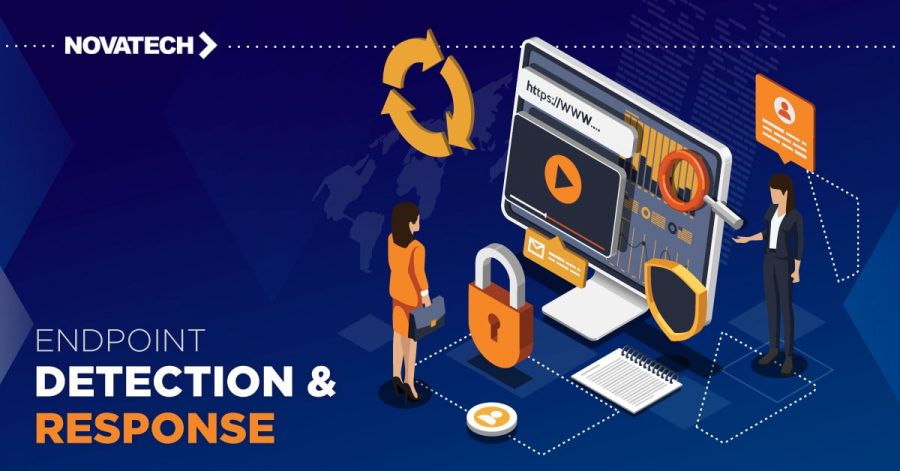Pitching an IT strategy 101: 5 steps to build a winning roadmap
4 min read

Jasmine W. Gordon
Freshly-minted CIOs and CTOs are often tasked with pitching an IT strategy to the board. Too often, though, they make the same mistake.
The new tech officers show up and dive into the weeds of cloud adoption and uptime metrics.Their colleagues’ eyes glaze over two slides into the presentation, and the new CIOs or CTOs leave feeling crushed that their IT budget and strategy won’t be approved.
If you want to win the hearts of the C-Suite, you’ve got to create a plan that is, at its heart, a business strategy. You need a plan for optimizing technology, people, and processes. You should be prepared to talk specifics—items like secure printing and a 5-year plan for deploying AI—but ultimately, the key is to pitch this plan in terms that make sense to your non-tech colleagues.
Follow these five steps as you craft your pitch, and you could score bigtime in the boardroom.
Step 1: Understand your business
Information technology isn’t just tech anymore. Two-thirds of CIOs say that their job descriptions now include the responsibility of creating new revenue streams, according to a 2019 IDG survey. They’re getting to work by learning about customer needs, creating innovation teams, and taking a cost-benefit approach to analyzing new investments. As an IT pro, it’s officially time to get over any aversion to business jargon and think about “alignment.”
Step 2: Take a baseline
An effective baseline analysis does more than catalog all your assets in a giant spreadsheet. It looks at the intersection of people, processes, and technologies to understand what’s working and what’s costing the business opportunities—like the secure printing risks that likely exist among your printer and copier endpoints without basic protections. The baseline survey should also provide a clear assessment of security risk in terms of potential impact and compliance costs.
Step 3: Connect technology with value
It’s not time to get into the weeds yet. To win your coworkers over, you’ve got to start searching for levers where IT can generate value for the business. McKinsey has identified six points of intersection between business and the IT department, and each of these should be viewed as an opportunity to deliver something called “value-in-use,” or technology that creates business or strategic value:
- Operational Excellence: process re-engineering or automation; change management
- Resource management: smarter procurement or resource allocation
- Security: opportunities to reduce risk
- Investment: dynamic control over investments and assets
- Operational planning: portfolio management; analytics
- Innovation: R&D and testing
- Transformation: new revenue streams
You may understand that switching to a device-as-a-service (DaaS) model could make things much easier. However, pitching DaaS as an opportunity to reduce the number of support tickets in queue probably isn’t going to win over any execs. The magic happens when you apply such services in ways that company leaders can appreciate. Suddenly, managed print services can become an opportunity for better resource management, operational excellence, and dynamic asset investments. Mapping your technology goals to value opportunities is also a smart step toward strategic measurement once you’ve put your plan into place.
Step 4: Create a 5-year itinerary
Creating a nearsighted, one-year plan is among the worst mistakes one can make when pitching an IT strategy. Think for the long term and create a detailed plan for the coming year as well as goals for the next five years. Points to address in your strategy include a clear explanation of how your IT decisions will create an essential alignment between people, process, and technology. Consider the following must-haves:
- A vision for employee experience, organizational growth, and process improvements
- Metrics, including expected results, benchmarks, risk, and return-on-investment (ROI)
- Data and technology goals, including a clear plan for innovation
Step 5: Measure, monitor, and improve
If you made it to the C-suite, you’re probably fond of metrics and familiar with common IT measurements such as uptime and QoS. Your strategy must touch on continuous improvement cycles and present a plan that lays out how you’re going to measure your progress in terms that make sense for the business and how you will use these insights to improve your systems. You can measure the functional operations of the IT department and strategic progress in the following ways:
- IT Operations: ticket response times and end-user satisfaction
- Crisis management: uptime, recovery time; security risk response
- Customer experience: net promoter score, customer retention; customer lifetime value
- Costs avoided: employee productivity gains; maintenance costs reductions
- Profits: new revenue, new markets; business revenue growth
Pitching an IT strategy can be painless
Imagine if pitching an IT strategy for the first time were a less nerve-wracking experience—you could show up prepared to talk about digital transformation and innovation with a receptive audience of people. To win the budget and support you need for your vision, start by looking at your plan through a business lens and making sure you’re speaking to concepts that make sense to your leadership team, like risk, savings, and return.
Novatech is a proud HP Partner First Managed Print Specialist



